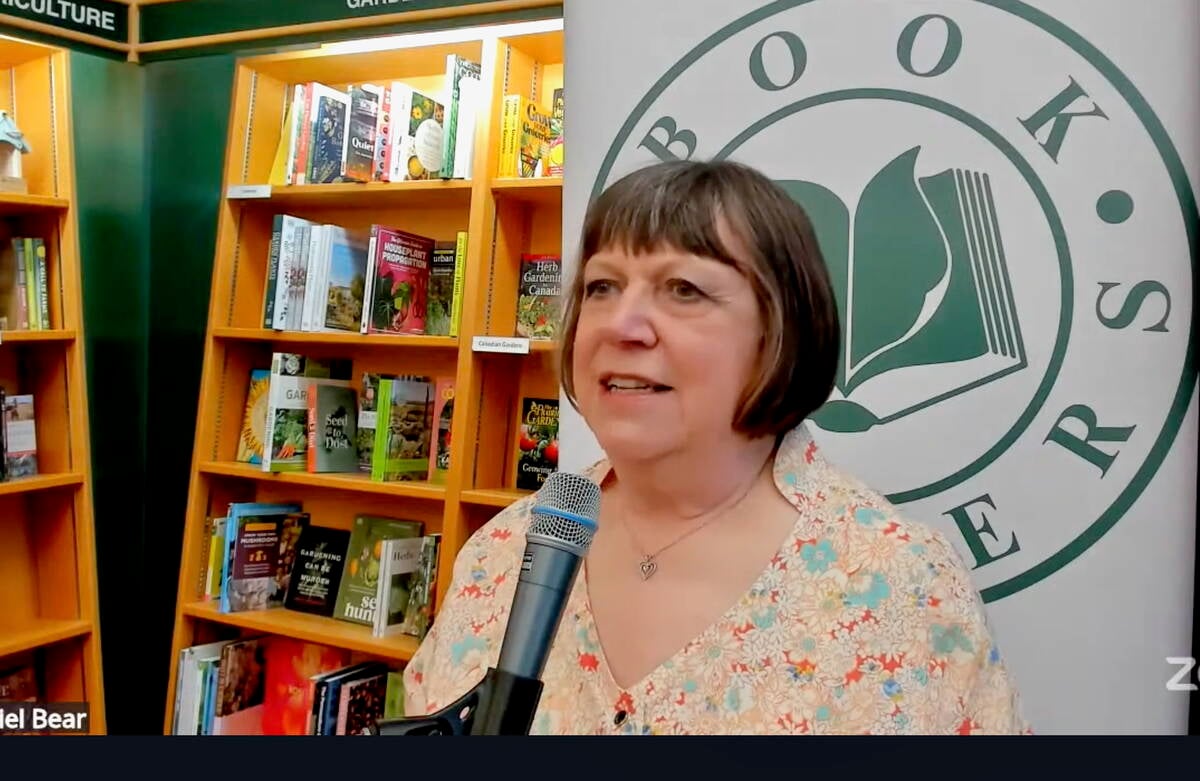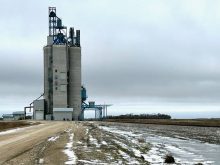Rob Brunel knows farmers aren’t keen on more checkoffs, but the Ste. Rose du Lac farmer believes that’s the best way to replace the Canadian Grain Commission’s (CGC) current security program.
“My preference has been to set up something like Ontario has,” the chair of Keystone Agricultural Producers’ (KAP) Grains and Oilseeds Committee said in an interview Dec. 17.
Ontario grain farmers pay 10 cents or less a tonne, depending on the crop, to self-insure. The money goes into crop-specific funds, which as of March 31, 2014 totalled $13.87 million.
Read Also

Agriculture remembers Rosalie Tennison
Rosalie Tennison, a Manitoba agricultural journalist and author, has died after being struck by a vehicle in Winnipeg Nov. 21.
When an Ontario farmer isn’t paid by a licensed buyer, 95 per cent of what’s owed comes from the fund to compensate the farmer. The Grain Farmer Protection Board, made up of farmer and grain company representatives, oversees the fund, administered by Agricorp, a provincial Crown corporation.
Currently, when Ontario farmers sell soybeans or canola, 10 cents a tonne is deducted and added to the respective funds. The wheat deduction is five cents a tonne; the corn checkoff is just one-tenth of a cent, Anna Siderius, corporate secretary to the Grain Farmer Protection Board, said in an interview.
The funds are monitored and the checkoff raised or lowered to keep the funds actuarially sound, Siderius said. The corn checkoff is low because the corn fund is large and defaults few, she said.
Although Western Canada produces more grain, the Ontario program is a working model that can be scaled up, Brunel said.
Ontario’s scheme is also cheaper than the CGC’s current protection program, which requires licensed grain companies to post security in the form of a bond or letter of credit to cover farmer liabilities.
A 2009 study estimated the CGC program cost $9 million a year or about 23 cents a tonne based on covering 40 million tonnes of grain. Almost $8 million of it is a cost to grain companies, but it’s assumed most of it is passed back to farmers. CGC administration was estimated at $1.4 million a year.
In 2007, Agriculture Minister Gerry Ritz said he wanted to scrap the program, claiming it was too expensive, it discouraged new grain companies from starting up and it is flawed because sometimes farmers weren’t fully compensated.
But farmers pushed back. Several alternatives were studied including a clearing house and insurance-type program. The CGC pursued the latter and proposed grain companies pay mandatory premiums. But last summer the CGC and Atradius Credit Insurance N.V. failed to reach a deal to set the program up after a year of negotiations.
In December the CGC proposed, as part of amendments to the Canada Grain Act, companies instead contribute to a fund to compensate farmers. In that way it’s similar to Ontario’s plan; the difference is how the money is raised.
The CGC hasn’t said how much the new plan will cost, but promises it will be cheaper than the current one.
Since farmers ultimately pay for the program, Brunel says it makes sense for them to pay directly instead of indirectly through companies. Then farmers would know the full cost of the program, be able to gauge if it’s worth the money and have more influence over it, he said.
In 1998, a panel of three western Canadian farmers — Doug Livingstone, Owen McAuley and Germaine Dauk — submitted a report to then agriculture minister Lyle Vanclief proposing the same thing. They also said it must be mandatory to work.
The Western Grain Elevator Association, which represents the West’s major grain companies, supports a farmer-paid security plan proposal, said executive director Wade Sobkowich.
“Remove the middleman — that being the grain companies — and have farmers pay into it directly is something to be explored,” he said.
Ontario farmers support Ontario’s security program, said Grain Farmers of Ontario CEO Barry Senft, a transplanted Saskatchewan farmer and former CGC commissioner.
“The protection program is well liked here,” he said.
The biggest challenge is coverage until the fund is large enough, he added.
KAP is not calling for a farmer checkoff-funded plan, but it’s not ruling out exploring the idea either, said KAP president Doug Chorney.
“We’re not putting up solid lines here and saying, ‘this is the box we need to stay in,’” he said.
But KAP does agree with Brunel that whatever program is implemented it must be less expensive and more transparent.
KAP is also pushing to include feed mills, which currently aren’t licensed by the CGC and exempt from the CGC’s security program.
When Manitoba feed mill and hog producer Puratone went into creditor protection in September 2012 farmers were owed an estimated $1.5 million for delivered grain.
“It’s the biggest loophole in the current system,” Brunel said. “It would be a massive failure, massive… if we don’t automatically include feed mills and feed purchasers.
















